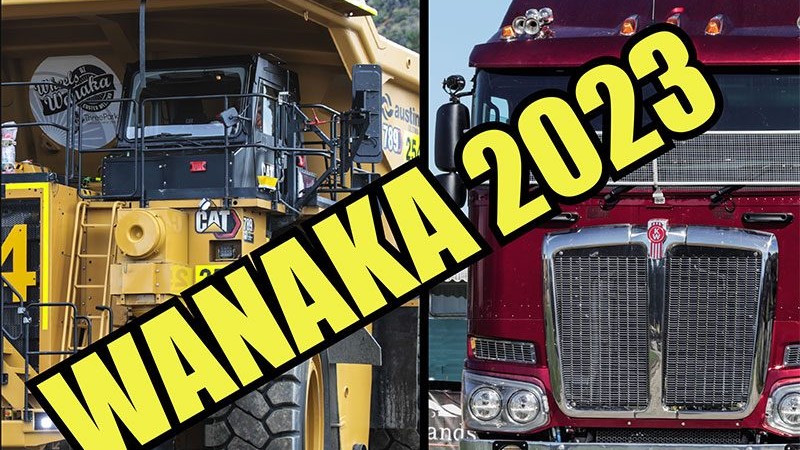Weather waits for no one

There’s a theme developing this year, a thread tying together Dave’s and my editorials… You guessed it – New Zealand’s roading infrastructure, and its desperate need for increased capacity, resilience, and maintenance. By association, that extends to the Interislander Cook Strait ferries, which, as we know, are a part of SH1.
We’re not alone, either. The associations have been continually vocal about the need for government to get its ducks in a row, which it suggests it’s doing – and will likely continue to do for the next four or five months… Of course, much of this activity is ongoing infrastructure recovery work in the three crucial regions affected by Cyclone Gabrielle.
The SH1 Brynderwyn Hills has been subject to rolling closures for recovery and upgrade works, that will hopefully leave it better and more resilient than it was pre-cyclone once the latest round of works has concluded – around the time you read this, all being well.
The SH25/SH25A Thames-Coromandel coast remains a hive of activity with approximately 50 slip sites receiving attention or monitoring. Around now too, an option for the remediation of the slipped section of the SH25A Kopu-Hikuai road should be announced, setting the direction for the work to reconnect the two sides of the road over many coming months.
Finally, the long-term recovery of the transport network on the East Coast, which has been likened by the agency to the Kaikoura rebuild. With current recovery works ongoing, last month an interim agreement to establish the design and construction management team in “a regionally led, centrally supported [recovery] approach”, was signed between NZ Transport Agency, KiwiRail, Downer, Fulton Hogan and Higgins. By next month, the full alliance team is expected to be in place.
All of which has got me thinking…

It’s not news; New Zealand is primed for natural disaster. According to MetService, the South Pacific averages about nine tropical cyclones a year, with one of these – at least – affecting New Zealand. And, says MetService, we can expect them to become more severe and thus more destructive as the planet continues to warm. That’s a frightening thought considering Gabrielle’s record as the costliest tropical cyclone ever recorded in the South Pacific basin, at an estimated NZ$13.5 billion.
Add to that severe earthquakes – GeoNet puts the average at three magnitude 6.0 to 6.9 events per two years and one magnitude 7.0 to 7.9 per four years – and it’s a safe bet that natural events drastically affecting key national infrastructure will continue to occur. As we know, that means disruptions to citizens’ lives and livelihoods, to a fragile roading network and the supply chain that flows as smoothly as possible along it, and rising costs as a result.
Industry has called for a focus on infrastructure resilience, to “build back better”, for a commitment to long-term investment – all of which can be seen to be a proactive stance moving forward. Surely, though, if there’s a likelihood of increased storm severity, should there not also be a call for an even more proactive approach to response?
That is to say, on our toes, with regional representatives of government departments, agencies, contractors, iwi and civil defence ready and able to come together at a moment’s notice to put the wheels of recovery in motion. A permanent ‘recovery alliance’, or task force, if you will.
I don’t for a moment think it’s a simple job, certainly not one I’d like to have, and I know the work required is vast. But Gabrielle hit three months ago, and long-term recovery work on the East Coast is only just beginning due at least in part, said Waka Kotahi group general manager transport services, Brett Gliddon, to the “need to tailor our solution to meet the needs of these regions”.
Socio-political pressures notwithstanding, into the future there might be merit in meeting these needs and having everyone onboard ahead of time.

Read more
On land and sea
0 Comments5 Minutes
International learnings
0 Comments4 Minutes
The image we protray
0 Comments5 Minutes





